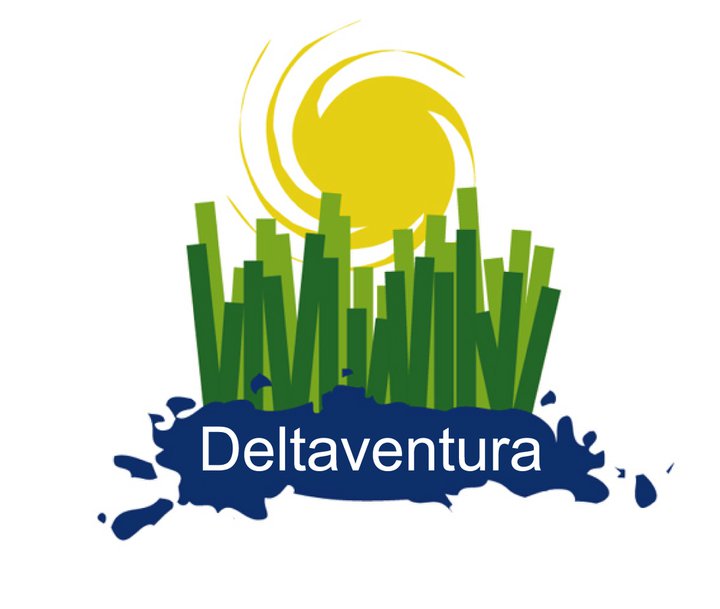The Central Patagonia region extends from the Andes to the Atlantic Ocean and is the less known and less visited part of this marvelous region. Traveling through it is an inspiring experience: the isolated and the desert landscapes bring us back to Earth as it once was.

There is a huge change in climate as one travels along the West-East axis, the Andean forests are quickly replaced by the steppe, that is characterizes for a low density of vegetation. The climate varies from moderately warm to cold and the precipitation varies greatly because of the climatic effect created by the Andes chain, as the average rainfall drops from 4000ml to 1000ml in just 50km. The topography turns to be a plateau of lower altitude and few mountains. This geography is not present in any other part of the country and sets the limit from the humid Pampa and the Patagonia. The vegetation is made predominantly of bushes and thorny little plants. The typical specimens are the Coirón, the Chañares and the Espinillos. Naturally there are not trees and the ones that have been planted grow inclined in the direction of the wind. The fauna counts with herds of guanacos, choikes, maras, mantinelas, grey foxes and red foxes. There is also a class of puma but is very difficult to find and the condor, symbolic bird of Latin America. Since the arrival of the European immigrants this area has been used for the breeding of animals, specially sheep, but also cattle. The presence of these no native animals resulted in serious problem of desertification. A lot of hectares cant produce any more grass and this situation affects the local flora and fauna. The landscape looks inhospitable; there is a very low density of population and settlements of indigenous people. The aridity and desolation of the plateau are cut by some oasis around the few rivers that cross the country, as the Río Negro, the Chubut, the Deseado and St. Cruz. These rivers create very attractive valleys. Río Negro is the most important in terms of flow and its upper part is the most populated area of the Patagonia.
Meseta Infinita
At 1200 kilometres from Buenos Aires City, there is the village of Los Menucos, in the centre of Rio Negro Province at the intersection on National Road 23, which runs from San Carlos de Bariloche to Viedma, and National Road 8, that goes to the city of General Roca and the Rio Negro Valley.
Los Menucos is the only village next by the Meseta de Somuncura, a Natural Protected Area since the late 1980s which covers 3.5 million hectares. In the Meseta there are no roads or villages, just a few isolated “puestos” (rural houses), where sheep breeders live during the summer.
In this natural contest the community tourism project called “Meseta Infinita” offers a wide variety of activities and tours that focus on the natural and cultural features. The group is integrated by local Mapuche families, estancia owners and craftswomen that offer a variety of tours and activities enjoyable for visitors.
For example, the traditional Wool Tour invites visitors to learn about life in Patagonia steppe. The tour is a great opportunity to learn about the culture of the local craftsmen and discover the ancient techniques of wool spinning, natural dying and loom weaving. The tour guides are women of the Cooperativa Gente de Sumuncura, who have learned these techniques from their ancestors for generations. The tour named: “Guanaco and Choique”, masters of Patagonia steppe, offer you an opportunity to learn about the major features of the local fauna, which had a central role in the indigenous culture and history. You can also visit old quarries of flagstone, guided by the people who have dedicated their lives to mining. And finally you can explore the natural wonders of Meseta de Somuncura this land full of mysteries and legends accompanied by local people who have a lifetime experience of the place. The program Meseta Infinita provides meals and accommodation for all of its tours and activities. Meals are based on the local culinary tradition, such as Patagonia lamb with homemade bread and delicious desserts. Accommodation will depend on the tour or activity selected. Visitors can stay at the historical “casco de estancias” (estates main house) such as the one built by the English Crown at the beginning of the XX Century, at the family rural houses and tents.



